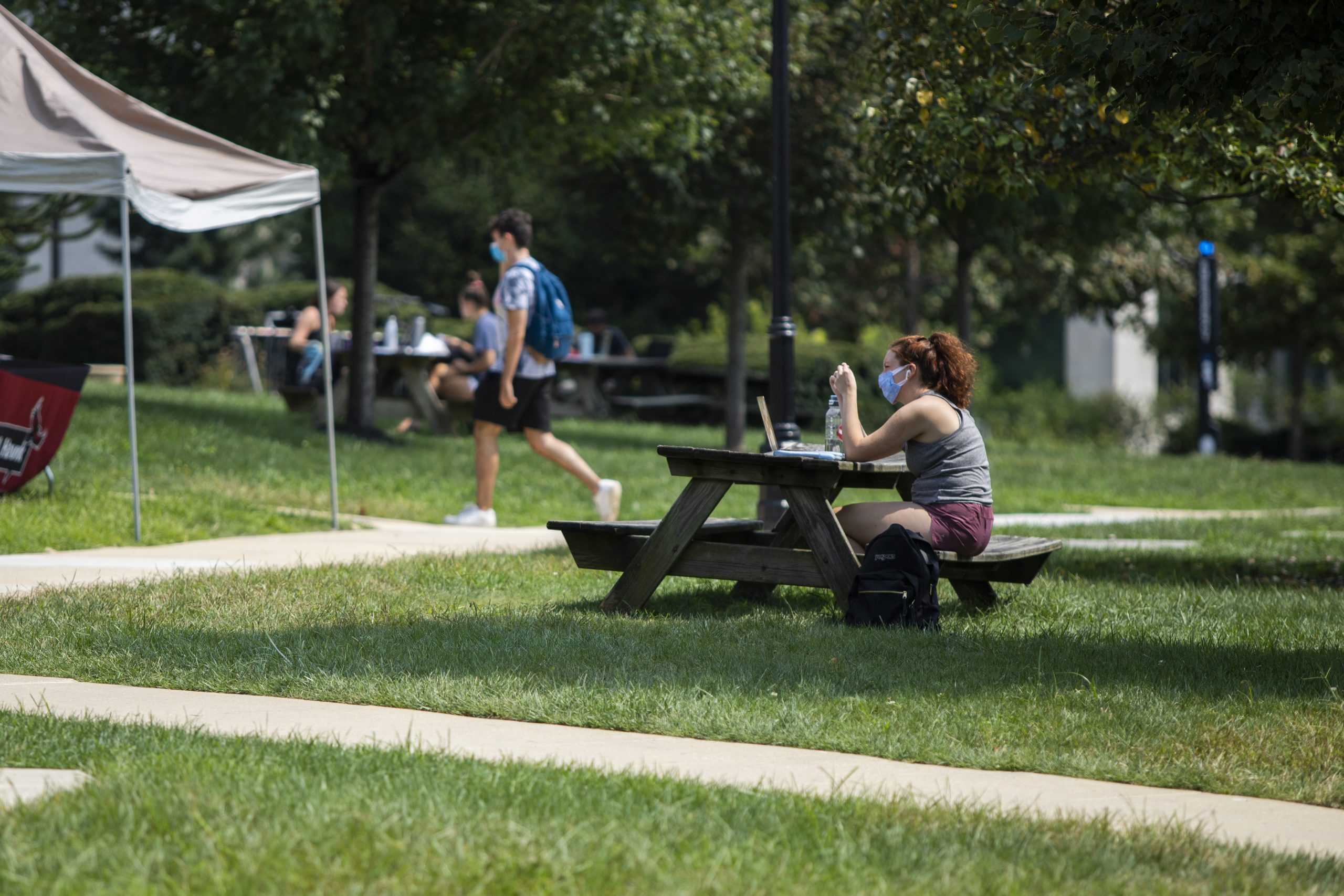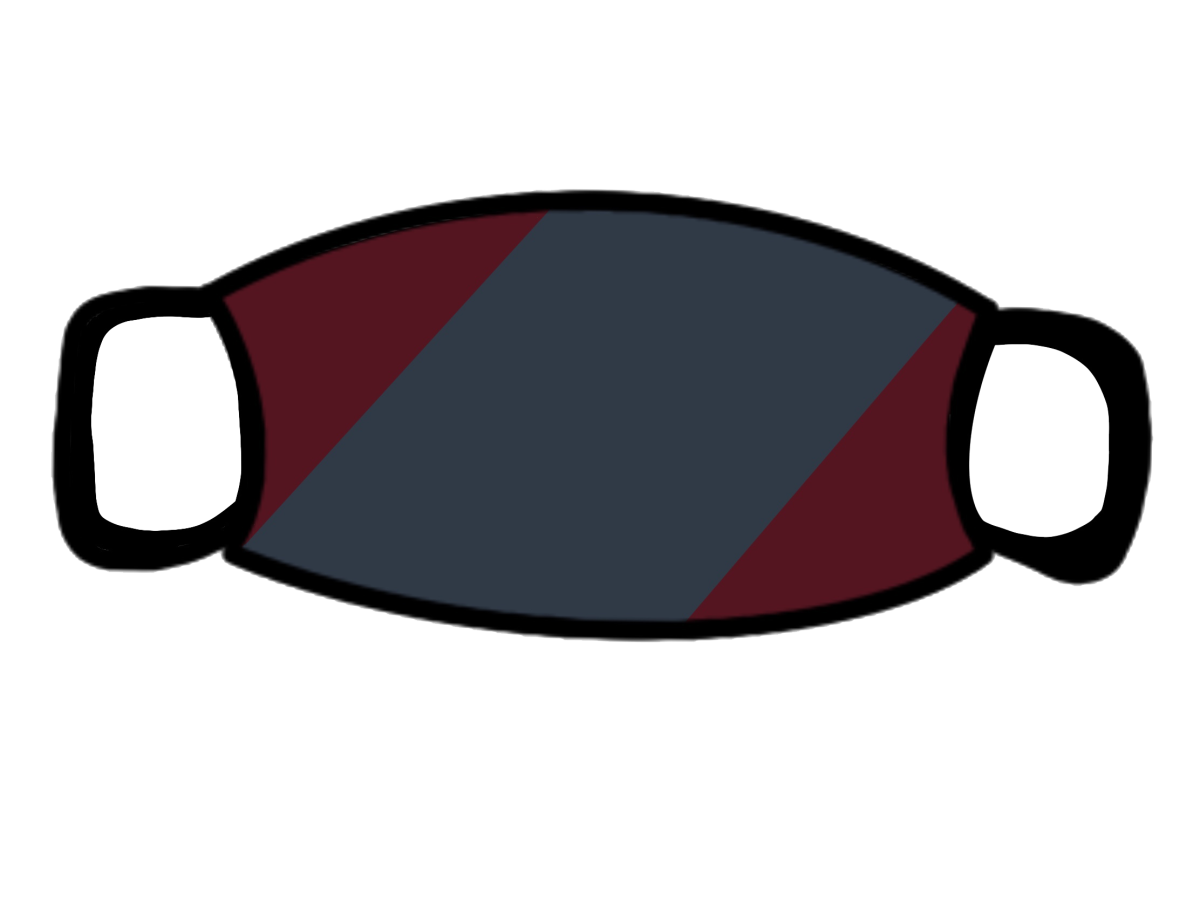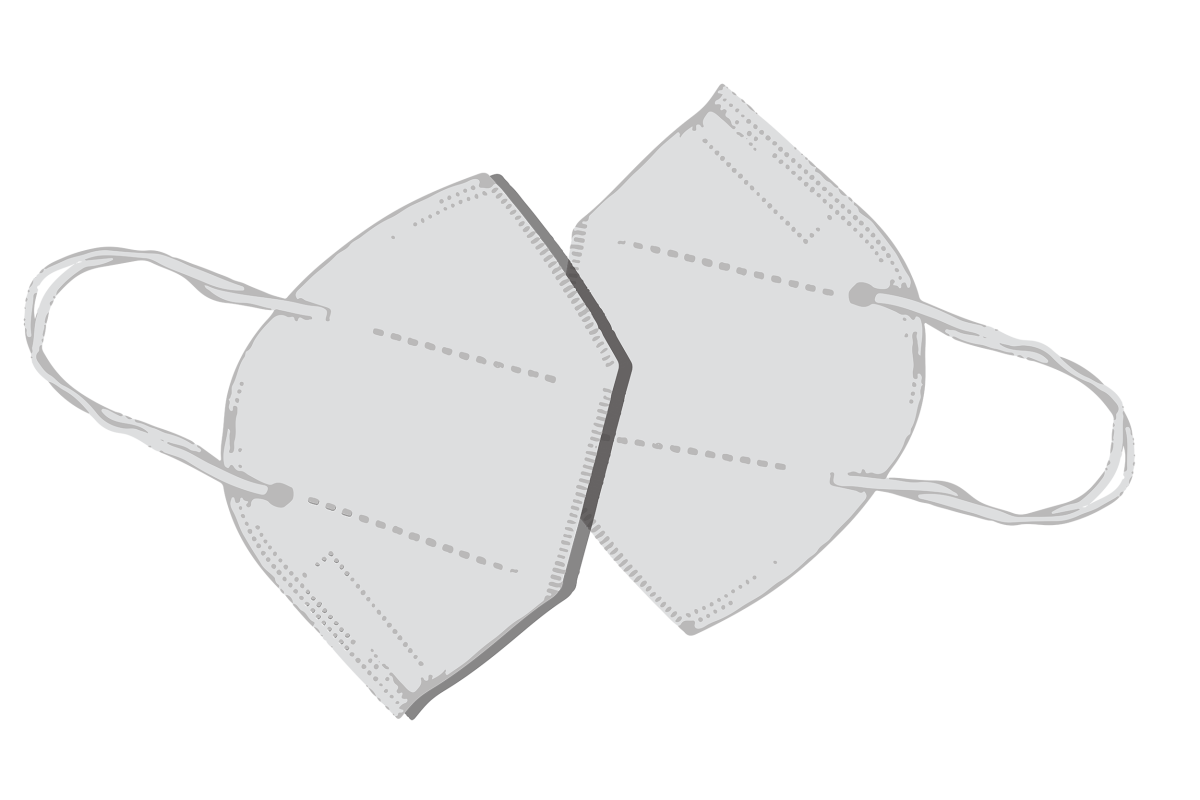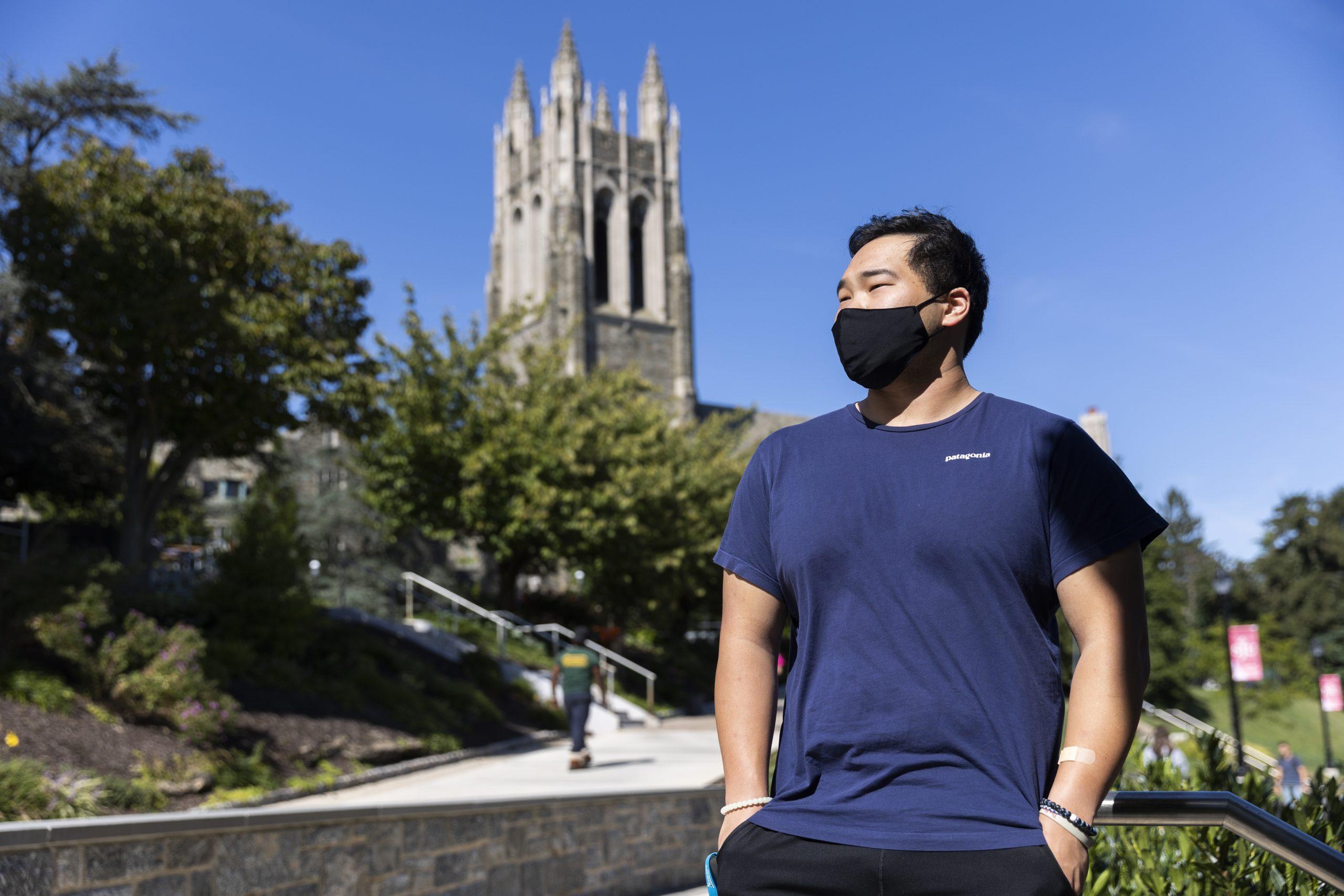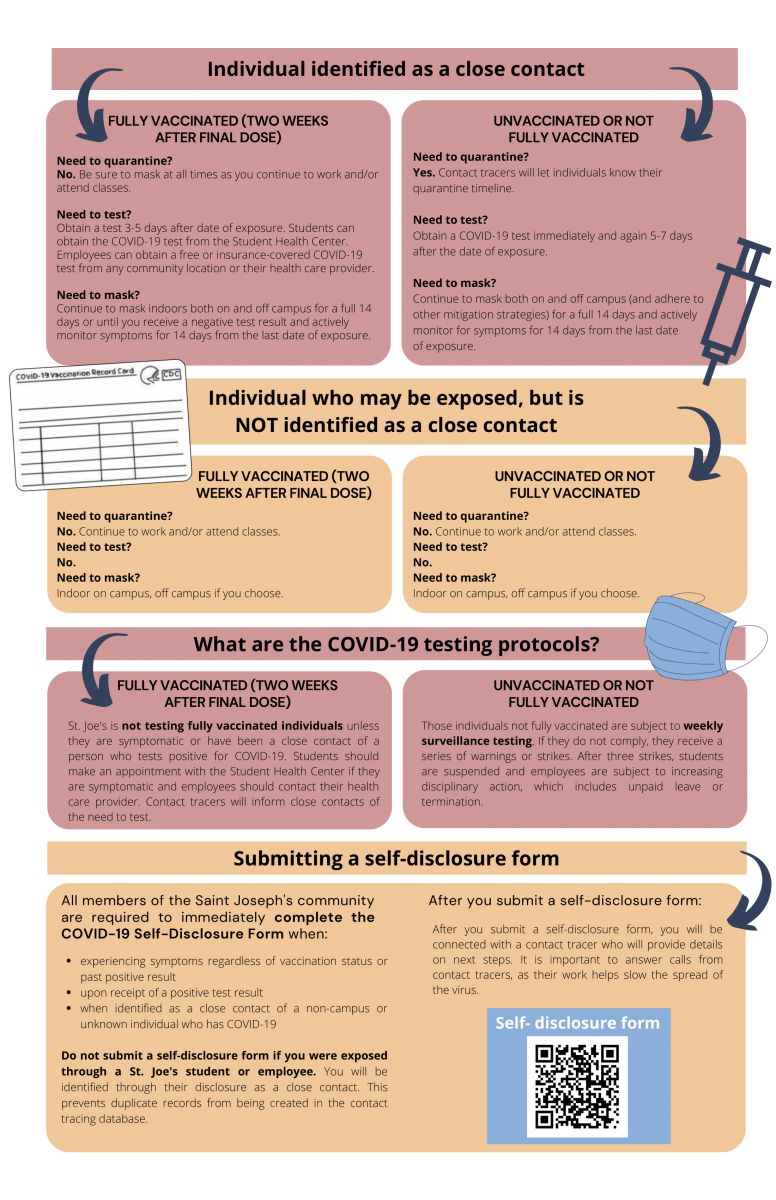Throughout the first week of the fall semester, students scrambled from class to class, struggling to navigate a mix of face-to-face, hybrid, hyflex and online classes.
Out of all undergraduate courses being taught this semester, approximately 17% of courses are face-to-face while the rest are a combination of either online, independent study, internships, capstones, hyflex and hybrid courses, according to Gail Benner, director of Public Relations and Media. Hybrid courses move back and forth between face-to-face and online learning while hyflex courses simultaneously deliver content face-to-face and online.
Students like Mackenzie Bell ’22, a Spanish and marketing major who lives off campus and is taking five classes this semester, have struggled to move back and forth between the different modes of learning.
“I don’t think we would have wanted to come back if we knew how unorganized it was going to be,” Bell said.
On Mondays, for example, Bell has an online Spanish course at 11:15 a.m. and an in-person marketing class immediately after at 12:20 p.m.
Toward the end of her Spanish course on the first day of classes, Bell drove to campus and continued to listen to the Zoom audio of her Spanish class in order to make it to her marketing class on time.
“Even now, the first week is already done, and I don’t know what classes I have in person next week,” Bell said. “One of my professors decided the night before we would have class online as opposed to in person. I planned out my week, and I worry if it will be consistent or if I’ll have to wake up everyday to see what’s going on and check my Canvas notifications to see if anything changed.”
The Hawk reached out to Cheryl McConnell, Ph.D., provost and vice president for Academic Affairs, requesting an interview to talk about, among other matters, whether or not professors have the opportunity to officially change their teaching modality after classes had already begun. The Hawk’s request was redirected to Benner.
“In mid-August, the Philadelphia Department of Public Health modified its guidance for classroom space necessitating a comprehensive recalculation of spacing and capacity,” Benner wrote in an email to The Hawk. “There may have been a few instructors who modified their modality due to classroom changes.”
By now, though, Benner wrote, “modalities should be settling in at this time.”
Other students told The Hawk that classes officially listed as one mode were being taught in other modes. For example, some face-to-face classes are now either being taught as a hybrid course or have transitioned to fully online.
When asked if she is aware of professors unofficially changing their teaching modalities after the start of the semester, Benner said no.
While the university offered flexible modules to accommodate students with different schedules and needs, students like Mae Hughes ’23, an early education major, said that flexibility is actually a challenge.
Hughes is currently enrolled in five courses: two fully online, one hyflex and two hybrid. Hughes said taking courses in different modalities makes it difficult to participate in class, especially on Tuesdays.
“I had to go from the Science Center and scramble around campus to find somewhere to sit,” Hughes said. “I ended up going to the library for my online class but it was impossible to talk. It was dead silent. It wasn’t comfortable for me to speak in class.”
The Hawk asked the provost how the university is continuing to accommodate students who are struggling to move back and forth from in-person to online classes. Benner responded on McConnell’s behalf, referring to an Aug. 26 Hawk Hill Ready communication titled “Where can I study?”
The communication, sent on the third day of classes, provided a list of places on campus the university said was available for study purposes, including lounges in academic spaces, the Office of Inclusion and Diversity, The Perch, the common room in the Women’s Center, rooms in Post Learning Commons and in Mandeville conference rooms, along with spaces outside which the university said now has “enhanced WiFi.”
Hughes said the university should have planned better.
“Of course there are tables you can sit at, but everyone’s looking for a space to sit and they get filled up,” Hughes said. “Eventually I just saw people sitting on the grass and just doing their work on the ground.”
Tori Twohig ’21, an interdisciplinary health services major who lives in Merion Gardens, said the issue for her with a mixed modality schedule is not a matter of where to sit on campus. Rather, Twohig said the short time to travel between classes makes it difficult to get home for her microbiology class that requires her to be off of campus.
“I have bacteria and my supplies at home,” Twohig said. “I can’t take that in the library. I literally have to speed home for that.”
Twohig said her overall experience is a fairly stressful one, and transitioning into a semester with a varying mix of class modalities and a short timeframe to get to and from each course is difficult.
“I just get so nervous and I keep checking the time towards the end of my class, I just keep checking my watch,” Twohig said. “I guess I don’t really pay attention to the last minutes [of class] as well as I should just because I get so nervous about where I’m going to take my next class.”













































